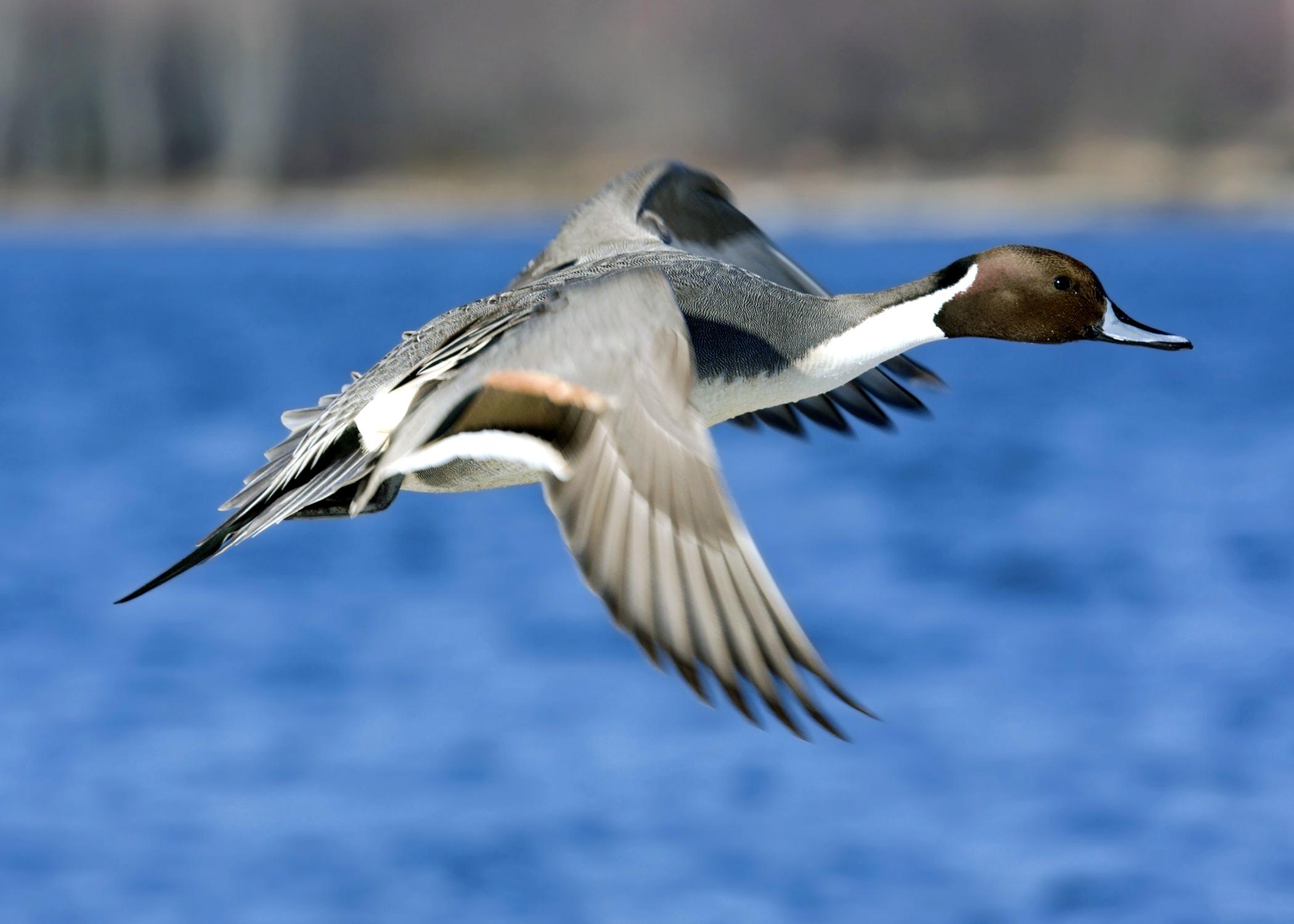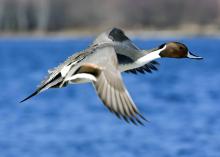Information Possibly Outdated
The information presented on this page was originally released on August 15, 2014. It may not be outdated, but please search our site for more current information. If you plan to quote or reference this information in a publication, please check with the Extension specialist or author before proceeding.
Early forecast for duck migration looks good
MISSISSIPPI STATE -- Every July, waterfowl biologists from the Mississippi Flyway Council, comprised of 14 states and 3 Canadian provinces, look at many factors to predict the total number of ducks available for harvest in the fall flight forecast. Then they use this number to determine the framework of seasons, dates and bag limits for the fall hunting season.
This year we are expected to have an annual fall flight of 49.2 million birds, which is an 8 percent growth in population from last year and 43 percent higher than the long-term average for North American waterfowl.
Biologists saw that this was likely to be another great year for duck production due to the amount of water in the prairie breeding grounds during May. The May pond number, which was 7.2 million and 40 percent above the long-term average, is perhaps the most important factor in determining duck numbers in any given year.
During the 2013 season, Mississippi hunters harvested approximately 3.12 birds per day and had a seasonal harvest rate of 20 birds per hunter, totaling roughly 300,000 ducks. That may seem like a high number, but don’t worry. That still left plenty of breeding stock to fly north to the prairie nesting grounds in March to breed and repopulate their numbers for the 2014 migration season.
For the upcoming 2014 season, individual species numbers are promising. Mallards, redheads, Northern shovelers, green-winged teal, blue-winged teal, gadwalls, American wigeons and canvasback ducks all show increases in population estimates above the long-term average. American black duck, scaup and pintail populations are all steady but are still below the long-term average population.
The framework for the 2014 season will likely be available to the public in a few months. With populations on the rise again, another liberal hunting season -- with restrictions on a few species of ducks -- should be expected.
Waterfowl hunting is a very important commodity and source of recreation across the flyway. It’s easy to see why so many states want to have long and productive hunting seasons. Hunter expenditures generate hundreds of millions in revenue to the state economies in the flyway.
But there is a balancing act that takes place annually between the states’ desire for long seasons and the sustainability of waterfowl populations. That’s why the flyway was formed in the early 1950’s.
Flyways are science-based, governmentally selected routes that migratory birds travel each year. These routes connect the rich, fertile overwintering grounds and the prairie pothole regions used for nesting.
Mississippi’s duck hunters enjoy observing and hunting waterfowl in the rivers, tributaries and marshes of the Magnolia State. Mississippi has more than 1 million acres of habitat for wintering waterfowl. Wetlands, bottomland hardwood forests and grain-producing agronomic lands all provide crucial habitat for migrating and overwintering ducks and geese. Hunters certainly understand and appreciate the importance of these vast resources.
The fall flight forecast projection is likely the most deliberated topic in all of North American wildlife conservation, but it’s also very important in determining how many ducks hunters will be allowed to harvest annually. This isn’t an exact science, but the models used to predict hunter effort and harvest success are much better today for predicting the annual fall harvest ratios.

Editor’s Note: Extension Outdoors is a column authored by several different experts in the Mississippi State University Extension Service.







